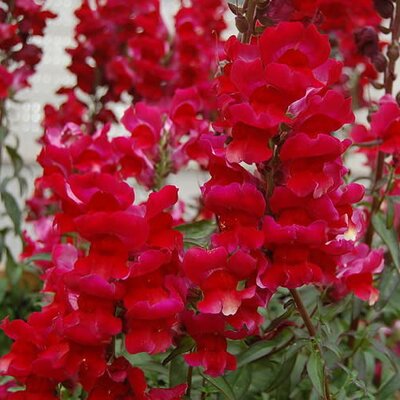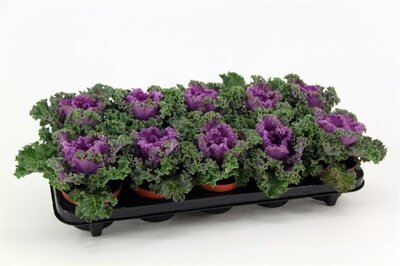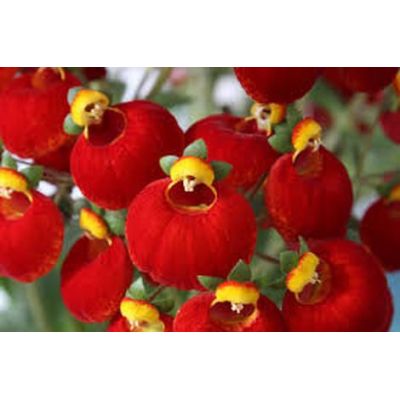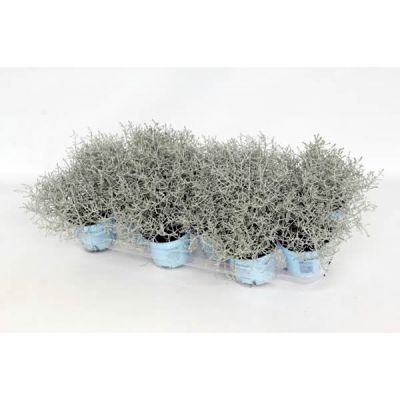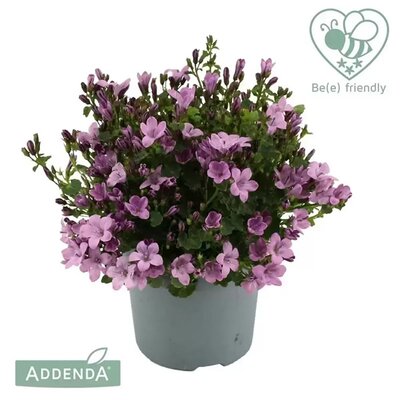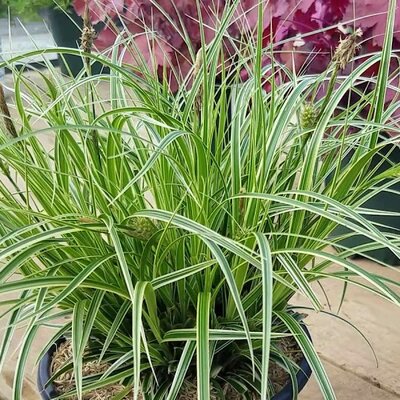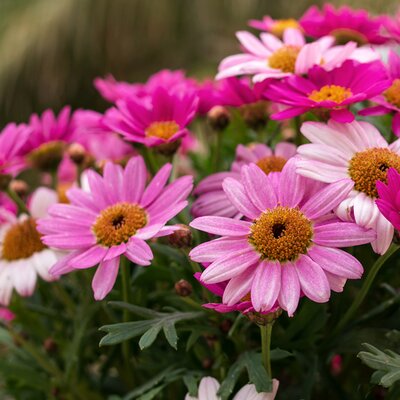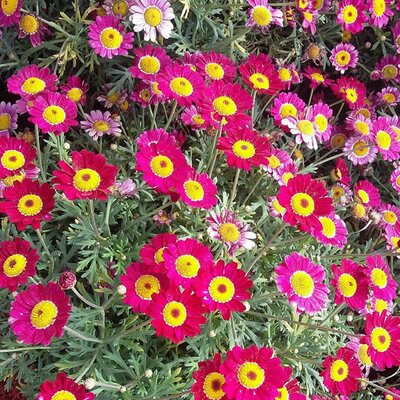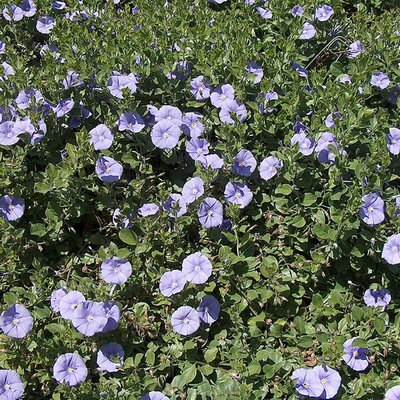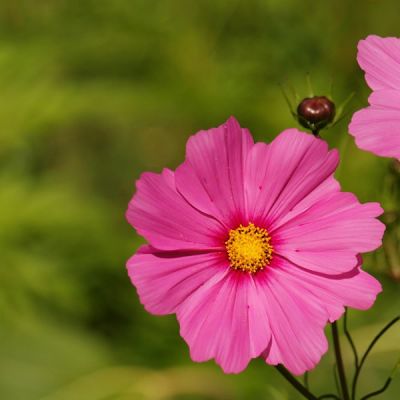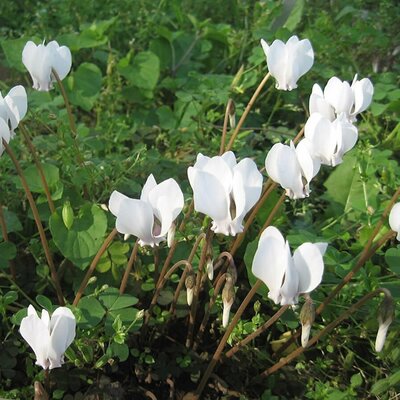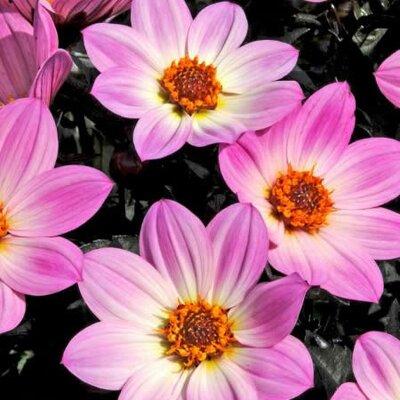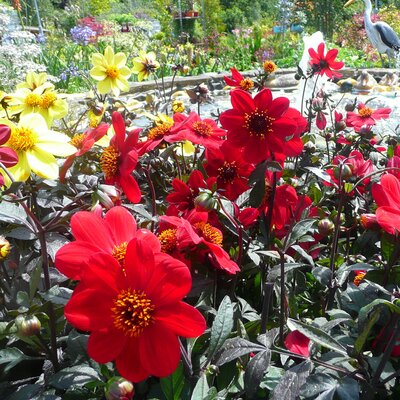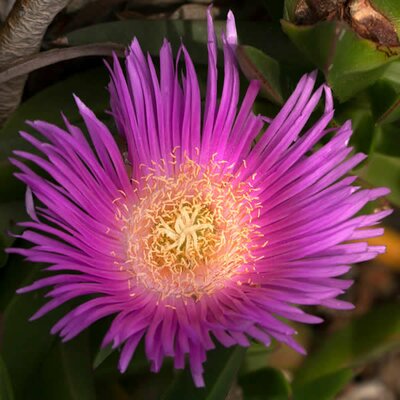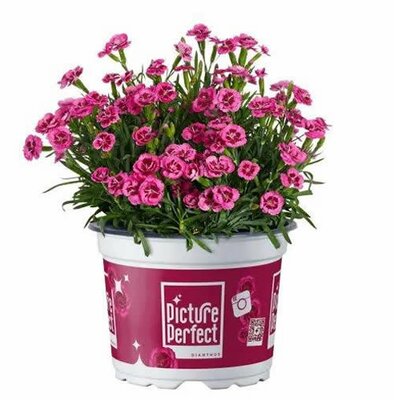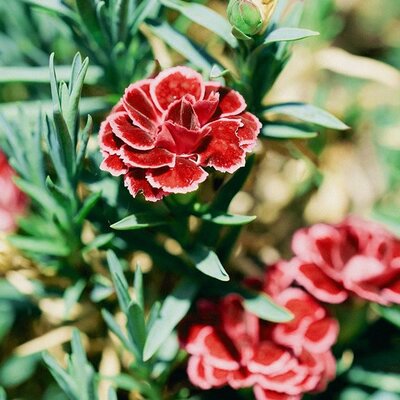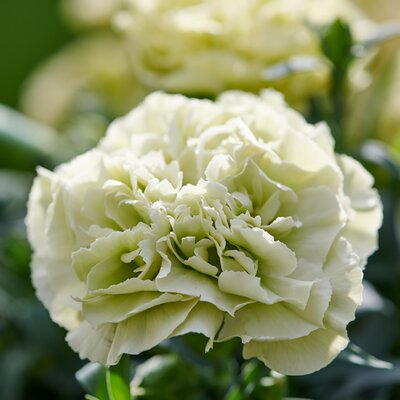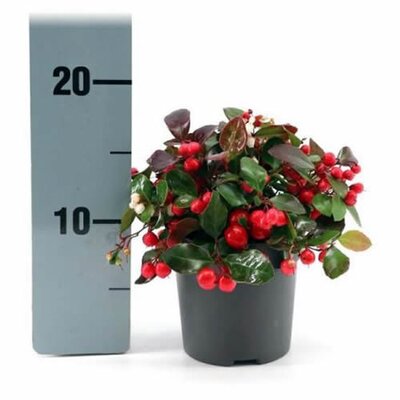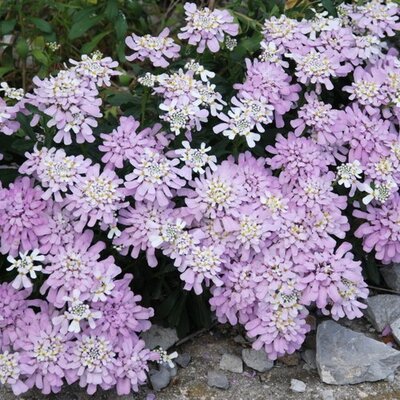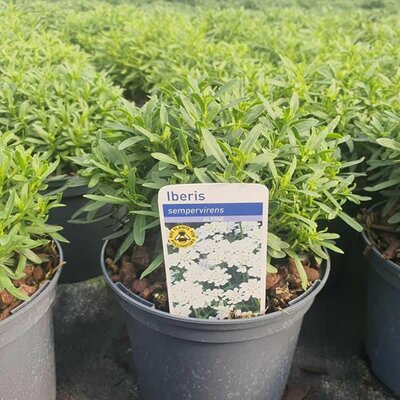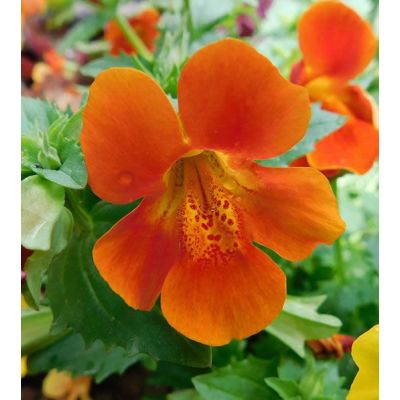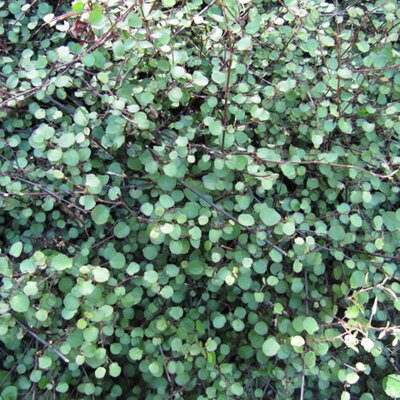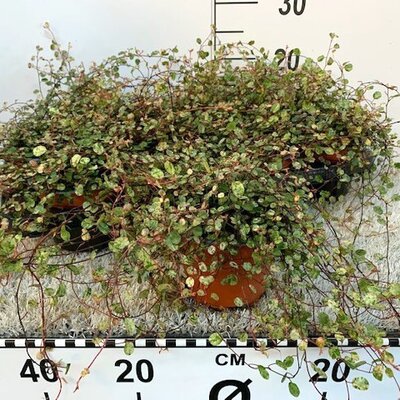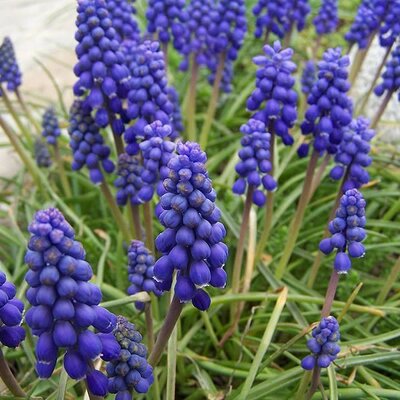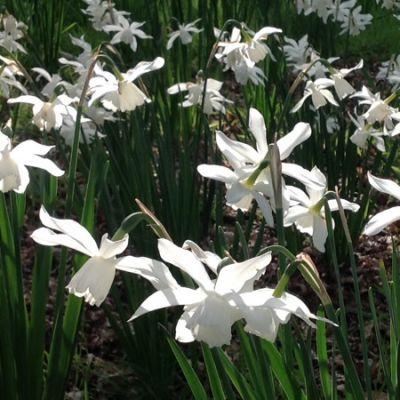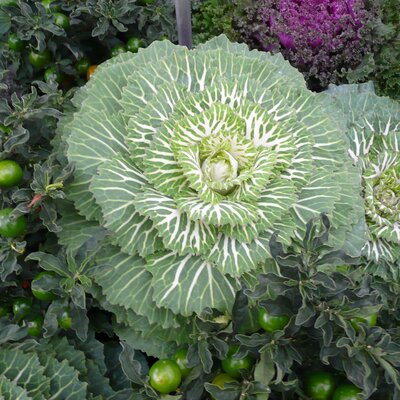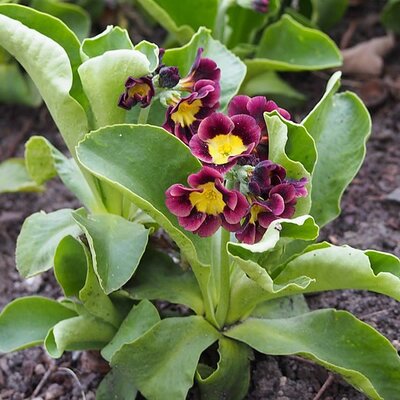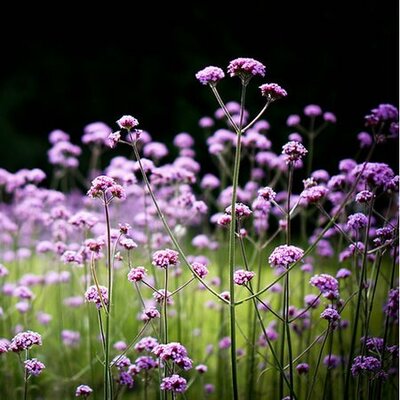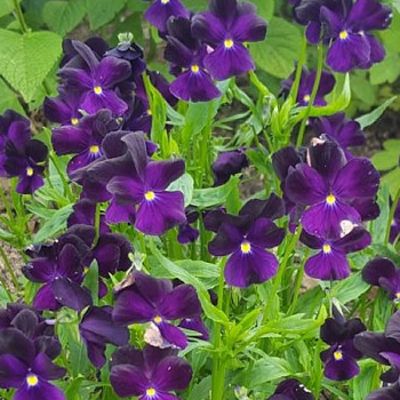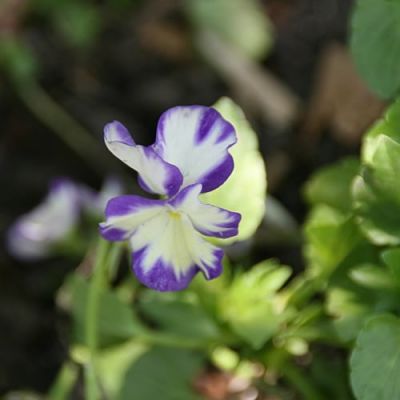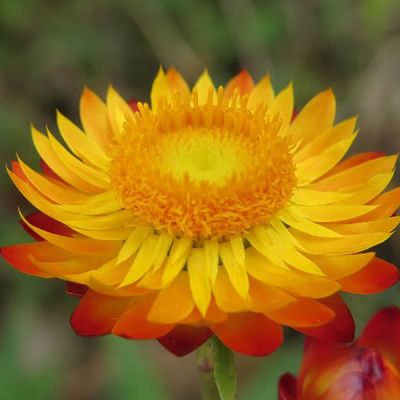Bedding & Annuals
Bedding plants are an excellent way of adding colour to your garden and providing a temporary, decorative, seasonal display in beds, borders, hanging baskets and containers. Here you will find a selection of bedding plants to put together for your own displays. We also offer a free potting service, so if you wish to select your plants and a container, we will happily pot them up into a display for you, ready for you to collect*. See below for tips on Looking After Bedding Plants.
Filter products
Looking After Bedding Plants
Bedding plants are generally annual plants or tender perennials, grown as annuals, that are used to add extra colour throughout the growing season. They have a number of uses from filling gaps in beds and borders, growing in hanging baskets and window boxes or for adding to pots on balconies and patios.
Common bedding plants include petunias, begonias, pansies and necotiana but these are just a few of a wide range to choose from with varying colours, textures and growing habits.
Choosing your plants:
Always have a specific spot in mind when looking for bedding plants and then purchase your plants for the appropriate conditions. Sun lovers include osteospermums, marigolds and petunias. Busy Lizzies and fuchsias will do well in partial shade. Very few bedding plants, if any, will survive a frost.
Think about maintenance too. Many bedding plants will keep producing flowers all season but may also require continual dead-heading for this to happen. Petunias, surfinias, pansies and mesembryanthemums (Ice Plant) all require dead-heading whilst geraniums, begonias, calendula, and nasturtiums are pretty undemanding.
Maintaining your plants:
Dead-heading we've already mentioned but the key thing to be on top of is watering. Always water thoroughly before planting. The best way to do this is to submerge the pot/root-ball in a bucket of water and leave for a couple of minutes to soak. If you're purchasing modular packs, these can sit in a deep tray for a while to achieve the same thing. Either way you then need to remove them and allow any excess water to drain.
If your planting bedding in baskets or pots, you will then, generally, need to water them every day. Even if there is rain you'll need to do this as you will be surprised how little water actually gets past the plants and reaches the compost.
To keep them healthy through the season they will require some feeding. The best way to cover this for a low-maintenance approach, is to mix a slow release granular feed through the compost you are planting in, as this will often last for the entire season. Failing that, your average multi-purpose compost will only provide enough nutrients for about 4-6 weeks so you will have to use a general purpose liquid or soluble plant feed periodically at the rate recommended by the feed instructions, depending on what you use.
That's really all there is to it. Keep to this and you will have vibrant, healthy displays of bedding flowers throughout the entire season!


